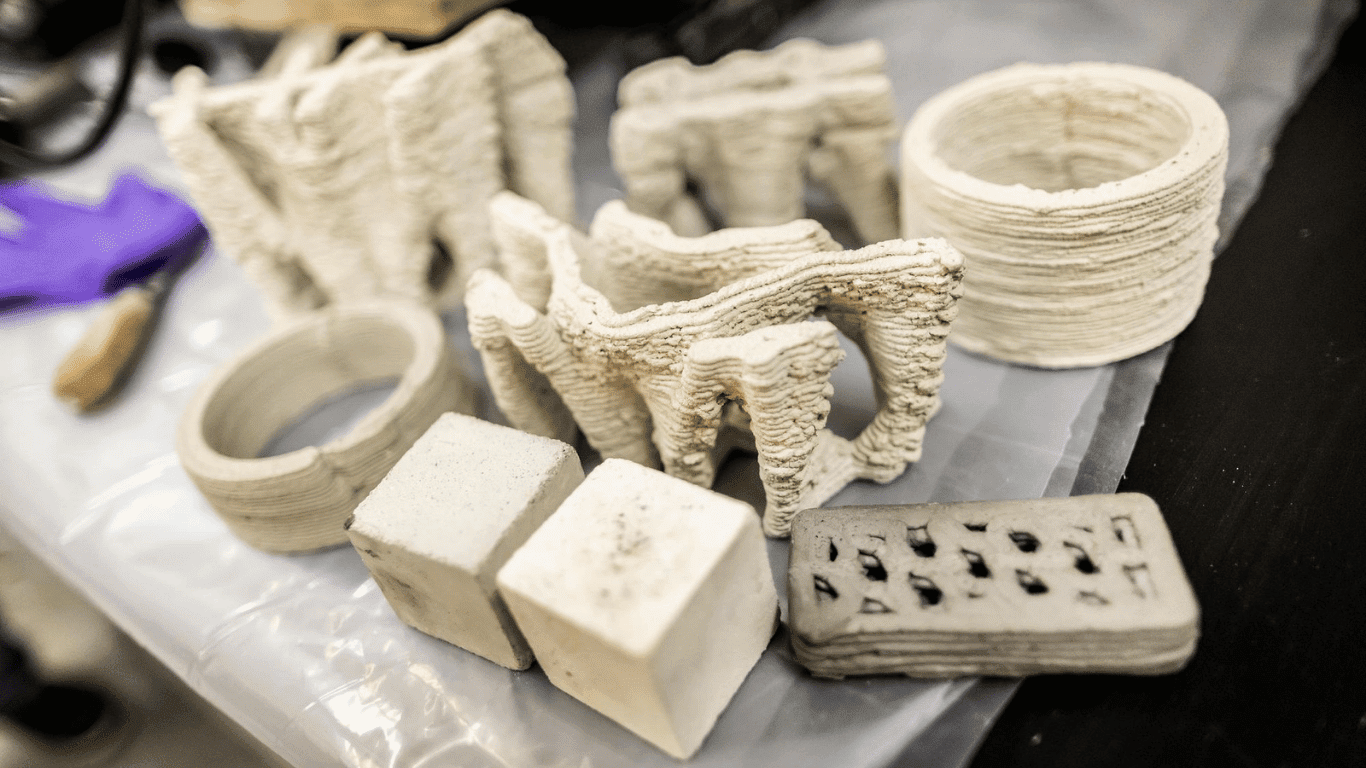Explore Tomorrow's World From Your Inbox
Get the latest science, technology, and sustainability content delivered to your inbox.
I understand that by providing my email address, I agree to receive emails from Tomorrow's World Today. I understand that I may opt out of receiving such communications at any time.
It’s a fear that was once nothing more than science fiction but is now all too real: having your job replaced by a robot. Granted, most jobs are not at risk, as robots aren’t at the level of finesse required for non-repetitive work like embroidery or sketching, nor are they personable enough to replace therapists or actors or even Wal-Mart greeters. Maybe one day they will be, but that’s not today’s topic. Today we discuss where they’ve already taken over, and why that’s not necessarily a bad thing.
In the manufacturing industry, for example, robots are common sights on the production line. Drilling and welding are both time-consuming tasks for humans, but, with the right equipment, robots are able to complete them in a fraction of the time. The same goes for welding. Mathieu Belanger-Barrette, a production engineer at Robotiq, says that “[w]hen using exotic metals, such as titanium and nickel-alloys in motors, industrial robots are a must in order to do effective and accurate welds.”
This precision and perfection is also vital for inspections, where lasers and sensors far beat tired and distracted eyes. It also comes in handy when painting or spraying sealants, where robots are less prone to overlapping paint or leaving behind drips. There’s also the height advantage to consider when dealing with larger parts. “By putting robotic arms on rails,” says Belanger-Barrette, “working cells can cover distances from 30 to 40 feet, several stories high.”Robots are also an improvement over humans on a smaller scale. The individual components of a smartphone are all incredibly delicate and must be placed just so in order for the phone to work. One misplaced chip or even the slightest smudge of sweat could cause the device to not work properly or even short-circuit. Robots, when equipped with the right tools, can work quickly and gently, ensuring that each part is assembled correctly. They also make great touch screen testers, as they apply consistent pressure between tests, versus the variations that each person could give.
Perhaps most surprising is how robots and humans can work together. Between the progress being made to artificial intelligence, semiconductor technologies, and system sensors, both flesh and machine can be found working together on the same assembly line. And it’s not just for car manufacturing either: everything from airplane engines to the latest smartphones are made using this sort of collaboration.
From a production standpoint, it makes sense: robots are less prone to errors (to ere is to human, after all) and are efficient and timely. They also don’t need to be paid, work in shifts, or take holidays. This adds up to more product for less cost, which translates to a lower price for the consumer. There’s no need to provide gas masks or even light. Since they’re merely machines, there’s no need for the usual safety standards.
But manufacturing robots are also more than that. They can complete tasks with ease that humans need to be trained for, all thanks to their programming. This also makes them versatile in a way that gives the company more flexibility during production. Have a surplus of one type of product but need more of another? Tweak a few executables and the robots are ready.
It sounds cynical maybe even cruel, but the robots used for manufacturing are not the same as advanced AI. They perform well with mass-produced items, but not homemade or individual products. Humans are still important to most companies and positions on the assembly line aren’t in complete jeopardy. It’s the industrial robot revolution, but it’s not complete anarchy.







